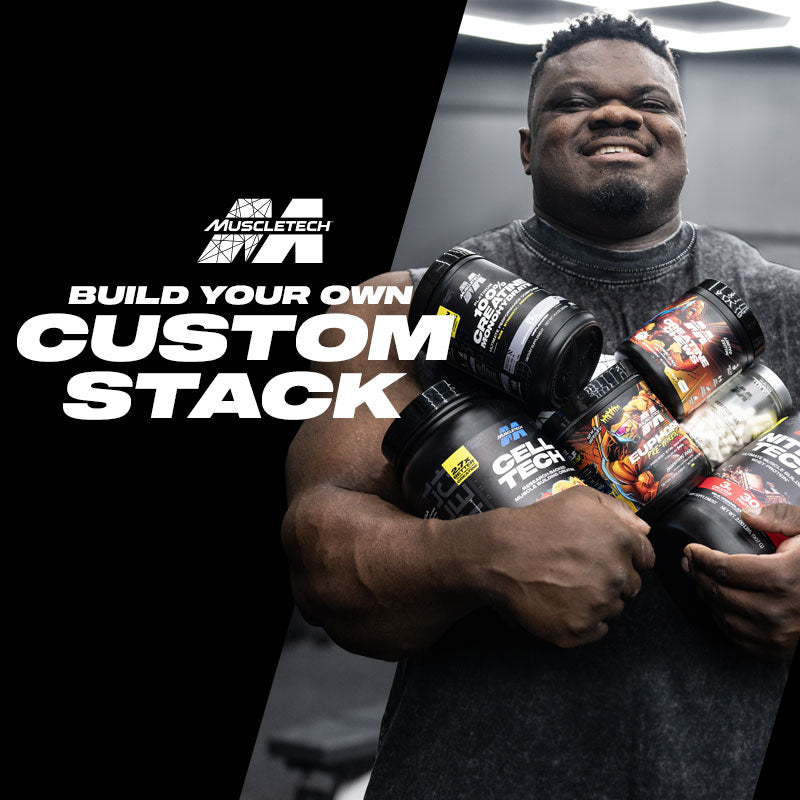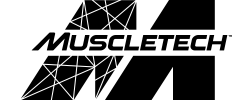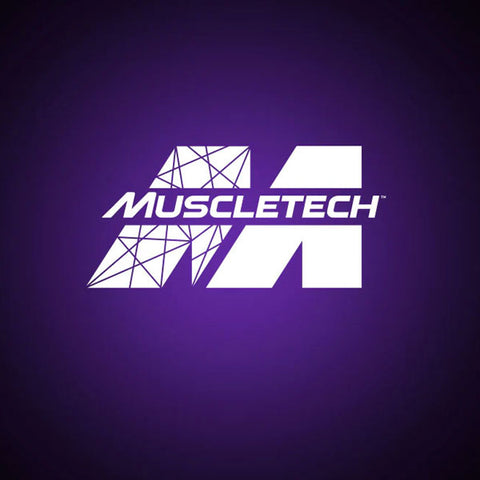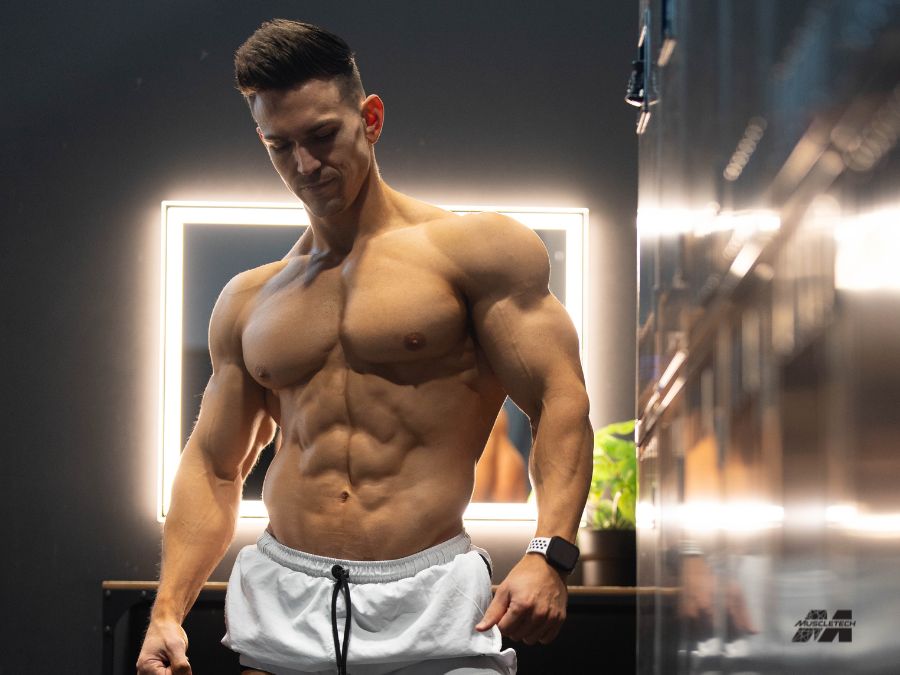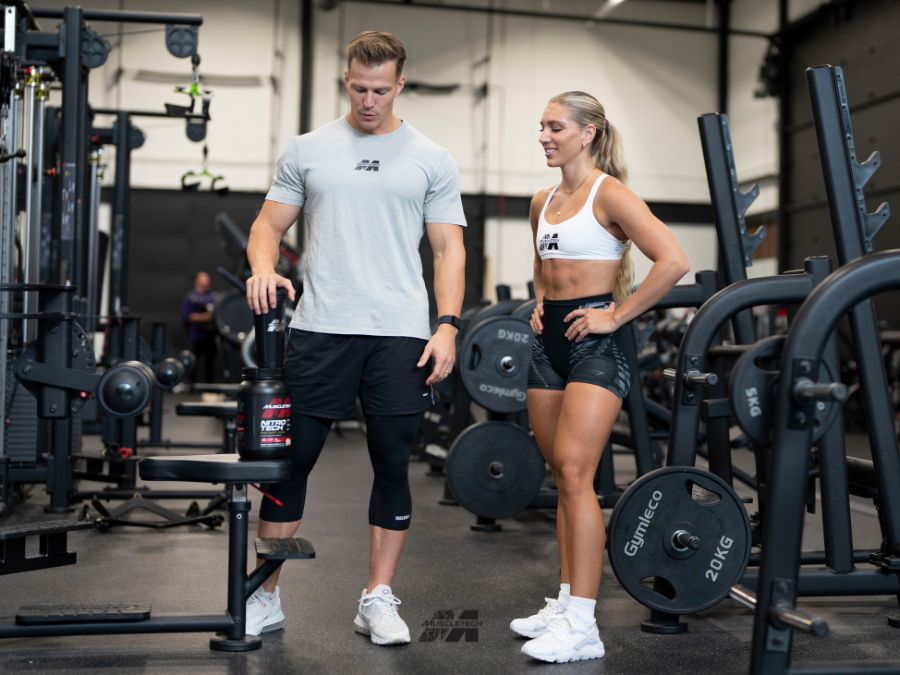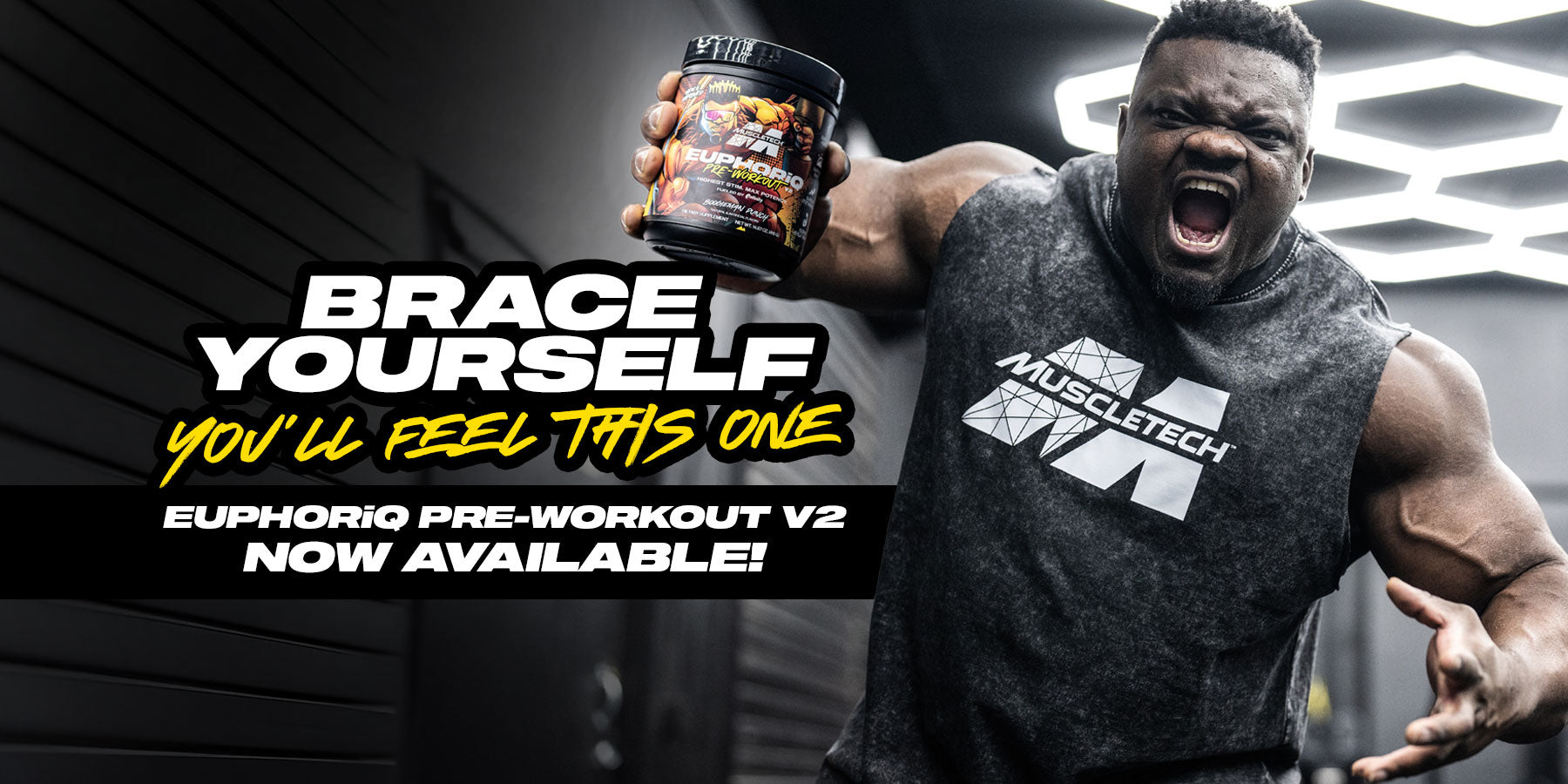Your diet can make or break your results at the gym. A bodybuilding meal plan will provide a balance of nutrients, including fats, proteins, and carbs. The composition and calorie intake will depend on the individual and their goals.
There is more to bodybuilding than meets the eye. From developing muscle and improving physique through weight training and dietary changes it is a balance that helps you achieve your goals.
A person can apply the same techniques of bodybuilding for their regular workout routines. People interested in growing muscle, whether for bodybuilding or general fitness, need to focus on challenging resistance training to trigger the development of larger muscles. and making sure they are fueling their body for the gain.
Moreover, bodybuilders need to focus on their diet to understand how foods affect their size and current goals to either bulk up or lean out.
A bulk-up period can last several months to years. During this time, a person will consume a high calorie and protein-rich diet to grow as much muscle mass as possible.
During the lean-out stage, the person focuses on losing as much body fat as possible while maintaining as much muscle mass as possible.
Table of content
How many calories do you need?
Bodybuilding requires you to supply the body with surplus of calories to generate new lean muscle mass tissue. Most average male athletes can maintain their weight at around eighteen calories per pound of bodyweight, so you’ll need to add more calories to this intake if you want to spark any significant new growth.
Calorie intake for bodybuilders varies depending on the phase of their training. Dieting or supplements in each phase are different because each one has a different goal:
Maintenance: This is a careful phase of eating enough to maintain weight and muscle mass without adding fat.
Bulking: The goal of the bulking phase is to gain muscle mass. This is an off-season period in which the bodybuilder consumes a lot of calories to gain weight while also lifting heavily.(1)
Cutting: On-season eating occurs in the cutting phase. This is when a bodybuilder cuts back on calories and increases cardio workouts to shed fat. Losing the fat is crucial to getting that bulky, muscular look so important to a competition.(2)
There is a less talked about fourth phase, which is a very specific plan for eating and hydration, lasting a week or two. It generally includes tapering calories, taking protein up and then down, manipulating carbs, cutting out salt, and managing water intake. This generates muscle definition for competition.
1. Eating for Maintenance
The idea here is to make sure the weight stays the same throughout the month. If your weight changes, you will need to recalculate daily intake, either increase or decrease to stay at your ideal weight. For instance, you may start out on your bodybuilding journey with a maintenance calorie intake of 2,000, but by the time you reach the maintenance phase it could be 2,500.
2. Eating to Gain Muscle Mass
You may have heard stories of “Arnold Schwarzenegger” and “Dwayne Johnson”, and the daily caloric intake they maintain as “special cases”. You will need to calculate the right amount of calories for bulking based on your individual maintenance number. It should be 10% to 20% more than what is required to maintain your current weight. For example, if you need 2,000 calories per day to maintain your weight, you might increase it to 2,300 per day to bulk.
According to a study of 400 bodybuilders during their bulking phase, women consumed an average of 3,200 calories per day. Men took in 3,800 calories per day on average.(3)
Also Read: Best Creatine for Women
Eating to Lose Body Fat?
The same study found that the bodybuilders consumed significantly fewer calories during the cutting phase. Women, on average, ate only 1,200 calories per day to lose fat, while men consumed 2,400 calories.(3)
Cutting phase is the exact opposite to the bulking phase. Calorie intake is approximately 10% to 20% below the number needed for weight maintenance.
Foods to eat to support your overall fitness.
You can usually eat the same foods while bulking or cutting — it’s the amount, not the content, that fluctuates.
Prioritize the following foods:
Meats, poultry, and fish: Sirloin steak, ground beef, pork tenderloin, venison, chicken breast, salmon, tilapia, and cod
Dairy: Yogurt, cottage cheese, low fat milk, and cheese
Grains: Bread, cereal, crackers, oatmeal, quinoa, popcorn, and rice
Fruits: Oranges, apples, bananas, grapes, pears, peaches, watermelon, and berries
Starchy vegetables: sweet potatoes, corn, green peas, green lima beans, and cassava
Vegetables: Broccoli, leafy greens, tomatoes, green beans, cucumber, zucchini, asparagus, peppers, and mushrooms
Seeds and nuts: Almonds, walnuts, sunflower seeds, chia seeds, and flax seeds
Beans and legumes: Chickpeas, lentils, kidney beans, black beans, and pinto beans
Oils: Olive oil, flaxseed oil, and avocado oil
Foods to Limit or Avoid
While it’s important to eat a variety of different foods, there are some you should limit when bulking and cutting:
Alcohol: Alcohol can negatively affect your ability to build muscle and lose fat, especially if consumed in excess.
Added sugars: These offer plenty of calories but few nutrients. Foods high in added sugars include candy, cookies, doughnuts, ice cream, cake, and sugar-sweetened beverages, such as soda and sports drinks.
Deep-fried foods: These may promote inflammation and — when consumed in excess — disease. Examples include fried fish, French fries, onion rings, chicken strips, and cheese curds.
Before going to the gym, you may want to avoid foods that can slow digestion or cause stomach upset during your workout. This includes:
High fat foods: Fatty meats, buttery foods, and heavy sauces or creams
High fiber foods: Beans and cruciferous vegetables like broccoli or cauliflower
Carbonated beverages: Sparkling water or diet soda
Making the Right Choices
Here are a few more things to consider when you are trying to gain weight and build muscle at the same time.
1. High Quality Protein
Consuming enough high-quality protein is essential for building muscle. To maximize your muscle growth, select high-quality proteins like whey, milk, eggs, fish, or lean meats. However, combining lower quality or incomplete protein from plant-based sources, such as nuts and beans, can still be a valuable protein source for muscle building.
If you are tolerant to milk/lactose, stick to whey-only protein shakes. If you want to include a supplement, 100% Mass Gainer from MuscleTech gives you 1500 calories including 60g protein, 305g carb blend and 5g creatine to help you with the gains.
Another product that you should try is MusclTech’s Nitrotech Whey Protein, not only does it come in a great taste, it also delivers on promise of building lean muscle, improved recovery and enhanced strength and performance.
2. Essential Amino Acids and Electrolytes
One of the factors that needs to be considered is hydration. Hydration plays a vital role in overall health and body functions. While it is critical to keep yourself hydrated, MuscleTech has a great product offering that helps you to replenish your electrolytes while enjoying a great taste. Platinum100%EAA+ contains the necessary EAA and BCAA to amplify muscle strength and support protein synthesis, while keeping you hydrated with electrolytes.
3. Carbohydrates and Creatine
Carbohydrates are stored in your body in the form of glycogen. Glycogen in the muscles is an important fuel reserve during intense physical exercise. MuscleTech’s 100% Mass Gainer is packed with quality carbohydrates to keep you fueled up.
Creatine can be used to increase your strength, build your muscles, and support your training intensity. It is essential to fueling your workout and helping you recover. By adding creatine to your diet, in a shake, in food or in capsules, can increase strength, build muscle size, and support training intensity.(4)
You can easily add a creatine supplement in your diet that gives you that extra creatine to increase muscle power, boost strength and enhance performance. MuscleTech’s Creatine Chews is one of the best options to achieve your goals while enjoying the winning taste of the chewable tablets.
4. Boost your Testosterone
While testosterone is mainly responsible for all things to get us through puberty, it also increases the potential for muscle growth. Low testosterone levels can make you feel lethargic or depressed for a large part of the day or lose sexual interest. If you are looking for increase in muscle performance, testosterone boost and a product that helps you push your limits, look no further than Alphatest by MuscleTech.
5. Get More Sleep
Try and make sure you get at least eight hours of sleep each night. If you want to get impressive results from your workout routine, manage your stress levels and stay as calm as possible. If you are not already sleeping seven to nine hours a night, try going to bed earlier or create an effective pre-bed routine.
6. Effective Training Exercises
Performing the right strength training exercises at high loads or training volumes can really speed up your progress. Build your workout routine mainly around basic compound exercises like squats, deadlifts, bench press, lat pulldowns (or chins) and shoulder press.
When done with proper form, these types of exercises will stimulate muscle growth and strength by the stress they place on your muscles and the nervous and hormonal responses they produce.
7. Cardio as Required
If you're burning too many calories during your cardio sessions, then you risk doing so at the expense of muscle and strength gains. Cardio exercise blunts the natural biochemistry to build muscle. If you really want to gain muscle and size, cut your cardio down to a couple of light sessions per week. You should do light aerobic exercise regularly to help keep you active and healthy.
After a cardio workout, make sure to consume protein and carbs soon after. Fuelling your body correctly after training is critical in your quest for more muscle. Have a suitable recovery drink as soon as possible after your workout.
The Bottom Line
Bodybuilding focuses on muscularity and leanness rather than athletic performance. Achieving the desired look requires regular exercise and special attention to your diet.
Your diet should include nutrient-dense foods and plenty of protein. You should also limit alcohol, added sugars, and deep-fried foods. In case you are looking for those well-crafted supplements for bodybuilding, give them a try and see what suits you.
Always consult a nutritionist or personal trainer to find out what types of strategies will work best for your body needs.
References:
- Lambert CP, Frank LL, Evans WJ. Macronutrient considerations for the sport of bodybuilding. Sports Med. 2004;34(5):317-27. doi: 10.2165/00007256-200434050-00004. PMID: 15107010.
- Chappell, A.J., Simper, T. & Barker, M.E. Nutritional strategies of high level natural bodybuilders during competition preparation. J Int Soc Sports Nutr 15, 4 (2018). https://doi.org/10.1186/s12970-018-0209-z
- Spendlove J, Mitchell L, Gifford J, Hackett D, Slater G, Cobley S, O'Connor H. Dietary Intake of Competitive Bodybuilders. Sports Med. 2015 Jul;45(7):1041-63. doi: 10.1007/s40279-015-0329-4. PMID: 25926019.
- Willoughby DS, Rosene J. Effects of oral creatine and resistance training on myosin heavy chain expression. Med Sci Sports Exerc. 2001 Oct;33(10):1674-81. doi: 10.1097/00005768-200110000-00010. PMID: 11581551.
